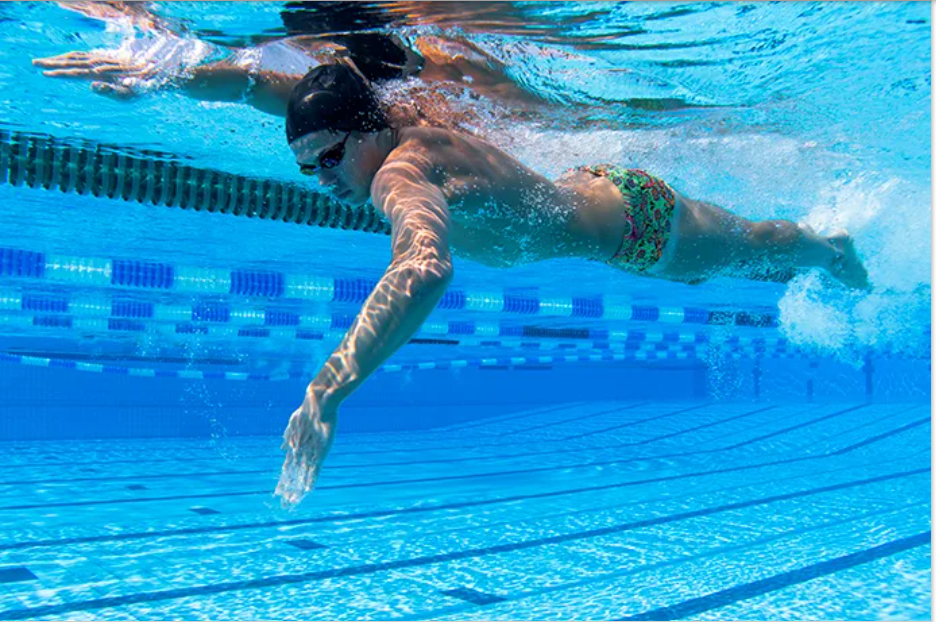Why Bike Fit is so Important
Whether you are new to cycling or have been cycling for a long time, a bike fit is one of the best investments into your cycling that you can make. It is a critical component of reaching your potential on the bike. At Playtri, we combine over 20 years of coaching and over 20 years of bike fit experience to help you achieve increased speed, endurance, and comfort on the bike.
When an athlete asks me about how they can get faster on the bike, the first thing I ask in return is about their bike fit. If you haven’t had a bike fit or you haven’t had a bike fit in over a year or your fitness/racing goals have changed or your body has gone through changes because of age, injury, or body composition, then it is time for a bike fit.
A proper bike fit means the bike fitter makes sure that your bike is the correct size for your body and that your position on the bike is optimal for performance, safety, and efficiency. We want to make sure that you can safely handle the bike whether you are in the aero bars or out on the hoods or bull horns. And we also want to make sure that your position doesn’t put too much strain on your back, hands, shoulders, feet, or butt. If you are uncomfortable on the bike, then you cannot sustain your position or effort for very long.
If you are going to be purchasing a new bike and want to get bike recommendations based on how your body moves on the bike or ordering a custom-made bicycle, then a Playtri Fit First is the best option. This bike fit is performed on a fit bike system (such as Retul or Guru) using 3D motion capture technology. With this fit, you receive you receive one free follow-up appointment within a year of your initial fit and a pdf report of 3D and 2D body parameters, 3D bicycle fit coordinates, and bike frame geometry. And if you already own a bike and want a very accurate fit, then you can do a Retul/Guru Bike fit with your current bike.
If you are a beginner or intermediate rider or want a more budget-friendly option, then a traditional bike fit at Playtri is an extremely effective option. A Playtri traditional bike fit provides you with the same adjustments as a motion capture fit, backed by our 20+ years of fit experience, but without the dynamic data capture. This fit also includes one free follow-up appointment within a year of your initial fit. If you bought your bike from us, then your purchase includes a traditional bike fit.
As one of the bike fitters at Playtri Dallas, a coach, and as a competitive age group triathlete who has ridden numerous bikes over the years, I can attest to the importance of a proper bike fit as your body and goals change.
If you have any questions about anything in this article or would like to know more about our different coaching options, please contact me at jim.rowe@playtri.com. Happy training and racing!
Jim Rowe is a Playtri Level 4 Coach and Coach Education Lead, a USAT LI Certified Coach, an NASM Certified Personal Trainer, and an Ironman and 70.3 World Championship Qualifier who works with adult athletes of all abilities from beginners to IRONMAN World Championship qualifiers. Learn more about Jim at www.playtri.com/jim-rowe




